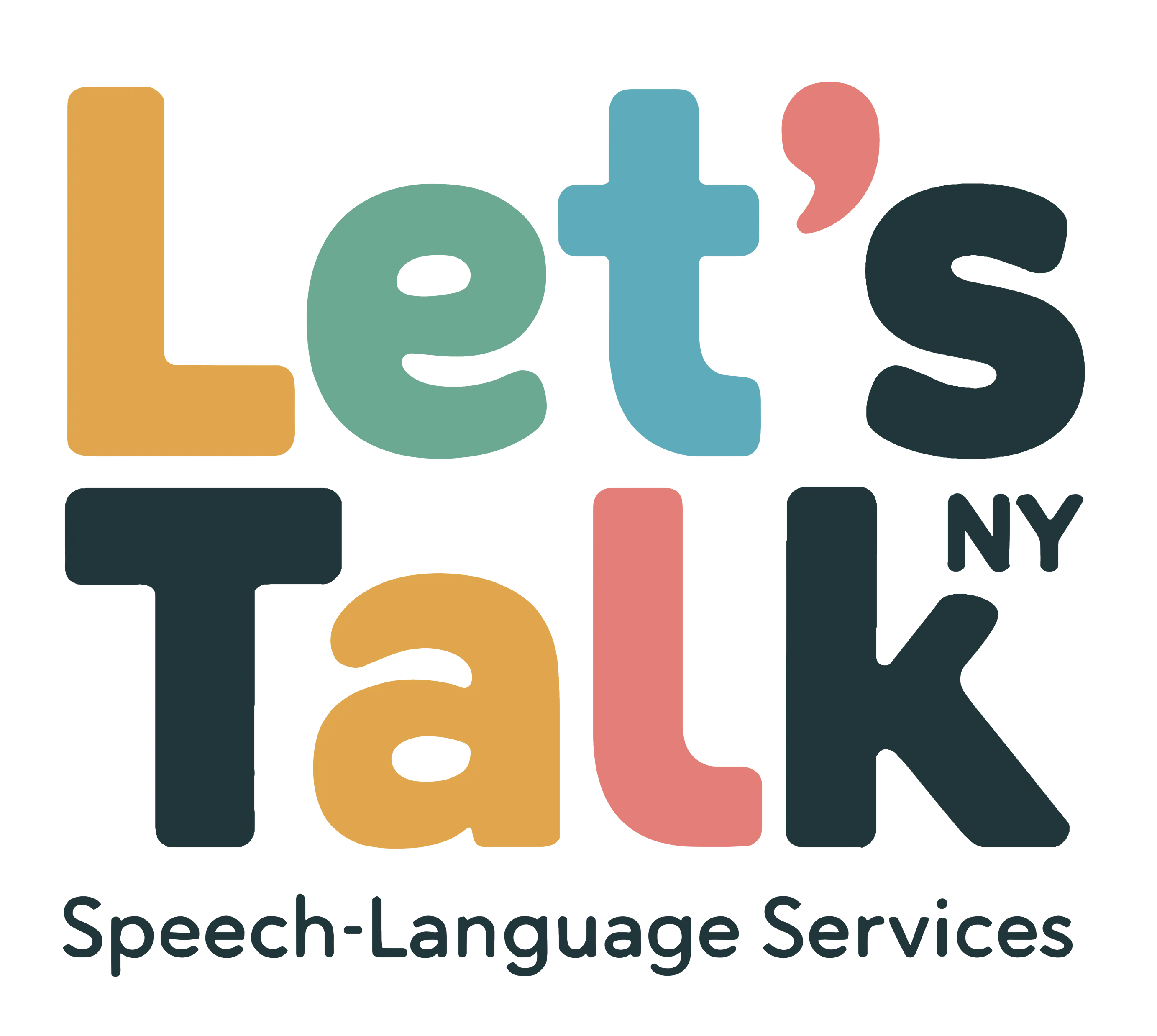Weekly Blog: Debunking AAC Myths – Is AAC Only for Those with Intact Cognition?

Welcome back to our Let’s Talk NY weekly blog series on AAC myths. Last week, I discussed why prerequisite skills aren’t necessary for AAC implementation. Today, I’m addressing a myth that has unfairly limited communication access for countless individuals.
This Week’s Myth: “AAC is only for children with intact cognition”
This myth suggests that only individuals with average or near-average cognitive abilities can benefit from AAC systems. I’ve encountered this misconception frequently in my practice, with statements like “His cognitive level is too low for AAC” or “She wouldn’t understand symbols due to her intellectual disability.”
What Research Tells Us:
Romski and Sevcik (2005) explicitly address this misconception in their work on AAC myths. The research evidence indicates that:
-
Cognitive abilities cannot be accurately assessed without adequate communication
Without a reliable way to express knowledge, many individuals appear to function at lower cognitive levels than they actually possess.
-
All communicators exist on a continuum
Every person, regardless of cognitive abilities, has something to communicate and benefits from having effective tools to do so.
-
AAC systems can be adapted to various cognitive levels
From simple choice-making to complex language systems, AAC can be customized to meet individuals where they are.
-
Communication skills can develop alongside cognitive skills
Rather than waiting for cognitive development to reach a certain threshold, communication development can actually support cognitive growth.
From My Clinical Experience:
Throughout my years of practice, I’ve worked with many children with significant cognitive challenges who made remarkable progress when given appropriate AAC support.
I recall working with children who were described as “too cognitively impaired” for AAC, yet surprised me by learning to use icon/picture-based systems to make choices, express basic needs, and engage socially. These same children often demonstrated understanding and abilities that surprised their families and other professionals once they had a way to communicate.
What’s particularly striking is how access to communication often reveals previously unrecognized cognitive abilities. When children can express preferences, demonstrate knowledge, and ask questions, we gain a much clearer picture of their true capabilities.
A More Inclusive Approach:
Instead of using cognitive assessments (which are often language-based themselves) as gatekeepers to AAC, I advocate for:
-
Universal access to communication
Every person deserves effective communication tools, regardless of cognitive profile.
-
Presumed potential
Beginning with the assumption that individuals have the potential to understand more than they have expressed without support.
-
Appropriate customization
Adapting AAC approaches to match current abilities while supporting growth.
-
Focus on functional communication
Prioritizing meaningful, motivating communication opportunities over abstract skill development.
Looking Ahead:
Next week, I’ll explore another common myth: “Children must be a certain age to benefit from AAC.” We’ll discuss why early implementation of AAC can be crucial for communication development.
How I Can Help:
If your child has been denied AAC services due to cognitive concerns, I can provide:
- Strength-based assessment that looks beyond standardized test scores
- AAC recommendations that match your child’s current needs and abilities
- Implementation strategies that build on existing skills
- Ongoing support as communication skills develop
Contact me today to discuss how AAC might benefit your child, regardless of cognitive profile or diagnosis.
Reference
Romski, M. & Sevcik, R. A. PhD. Augmentative Communication and Early Intervention: Myths and Realities. Infants & Young Children 18(3):p 174-185, July 2005.
